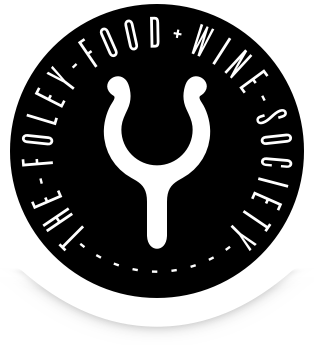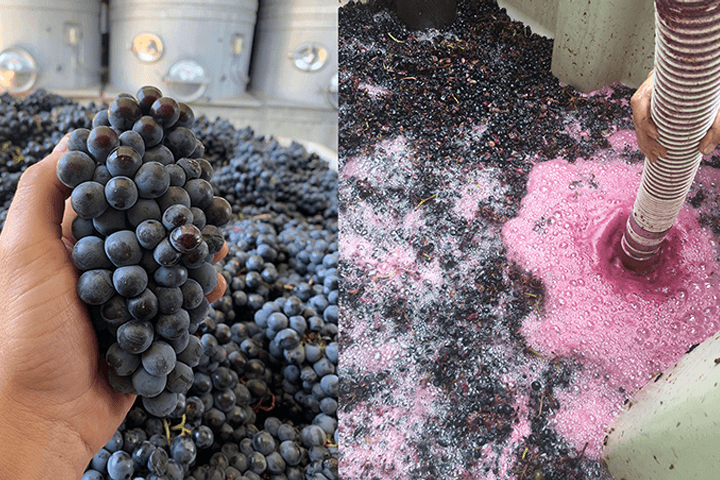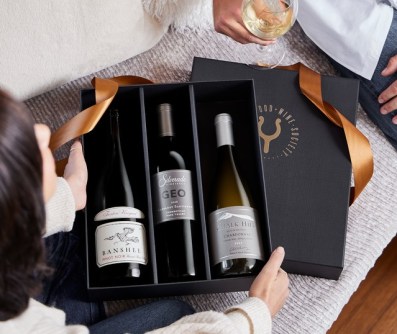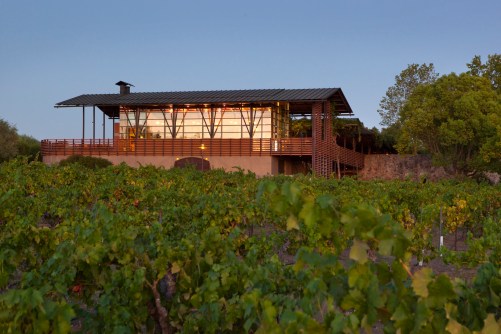Just look at those plump, juicy berries! That’s the deft hand of Foley Family Wines Director of Viticulture Kara Maraden—holding a stunning cluster of just-harvested grapes. The image to the right offers a little snapshot into a “pump-over,” which is a process of literally pumping grapes and free-run juice from the bottom of a tank or bin over the top of the grape “cap” that forms.
The pump-over process ensures that fermentation is even, and the extraction of all the beautiful aroma and flavors from grape skins is maximized. This is one of the most important early steps in the production of premium quality red wine from Napa Valley. It is the moment in the winemaking process that imbues a newly-pressed wine with its dark color, which eventually, as a finished wine, stains your glass that eye-catching deep, dark red (that’s when you know you’ve got the good stuff).
As we near November, in the Q&A below, Maraden talks us through the last days of the 2020 harvest and all that is going on while the winemaking team swings into full action.
FFWS: What was the last official day you picked grapes in the 2020 harvest?
Kara Maraden (KM): We are still picking right now—grapes from the Lodi AVA!
FFWS: What happens in the vineyard just after the grapes have been harvested?
KM: We like to do a nice, prolonged irrigation, over 10 hours before the canopies shut down. We add in an N-P-K (nitrogen, phosphorus, and potassium) fertilizer to replace some of the nutrients that the vine uses during the season to produce fruit. Most importantly, nitrogen and potassium. Then, we hope that they go to sleep for the winter and with plenty of stored energy for bud break in the spring.
FFWS: Take us through a typical day in the life of a Cabernet Sauvignon grape during harvest—from the moment it’s plucked off the vine to the moment it ends up in a barrel.
KM: All of our estate Cabernets have a very luxurious life. In the days running up to harvest, grapes are sampled frequently for not only Brix (sugar) and acid levels but also tasted by our winemakers until a perfect balance is perceived. When we arrive at that balance, the “pick” is called and the crews get ready. We hand-pick grapes in the early hours of the morning well before sunrise. We want the berries to remain cool for when the winery opens. Each cluster is picked by a person and placed into a bin where it eventually makes its way to a de-stemmer. The clusters are carefully and gently separated from the rachis (the stem) and any berries or clusters that may be damaged are removed from the lot. The fruit goes into a tank or a barrel and begins its final journey through fermentation to become wine.
FFWS: Let’s talk about barrels. You are probably getting a load of new barrels for this year’s wines, right? What do you have to do to the barrels to prepare them for aging wine from the new vintage?
KM: While that is very much a winemaker question, I do know that there really isn’t much that you would do to a new barrel. Just a quick rinse with cool water and they are ready to go. Much more goes into preparing a previously used barrel so that it is clean and hydrated for the new vintage.
FFWS: What happens to all the discarded grape stems and crushed grapes after harvest? Is it different for red and white grapes?
KM: We try to collect everything that comes out of the presses, called pumice, and take it to one of several locations that we have on our properties. We turn the pumice and add amendments to create a wonderful compost that we then put back into our vineyards. We compost red and white pumice in the same way.
FFWS: What is your favorite post-harvest zone-out routine? How do you relax after those 16-hour days?
KM: Luckily 16-hour days are rare for me but it’s definitely a 7-day a week time of year. I like to clear my head with a good workout, a good meal, a locally fermented beverage, and a very early bedtime.




